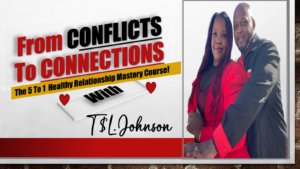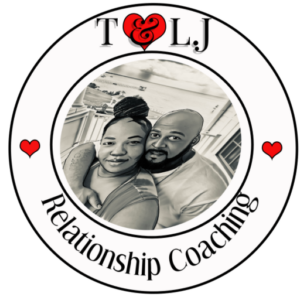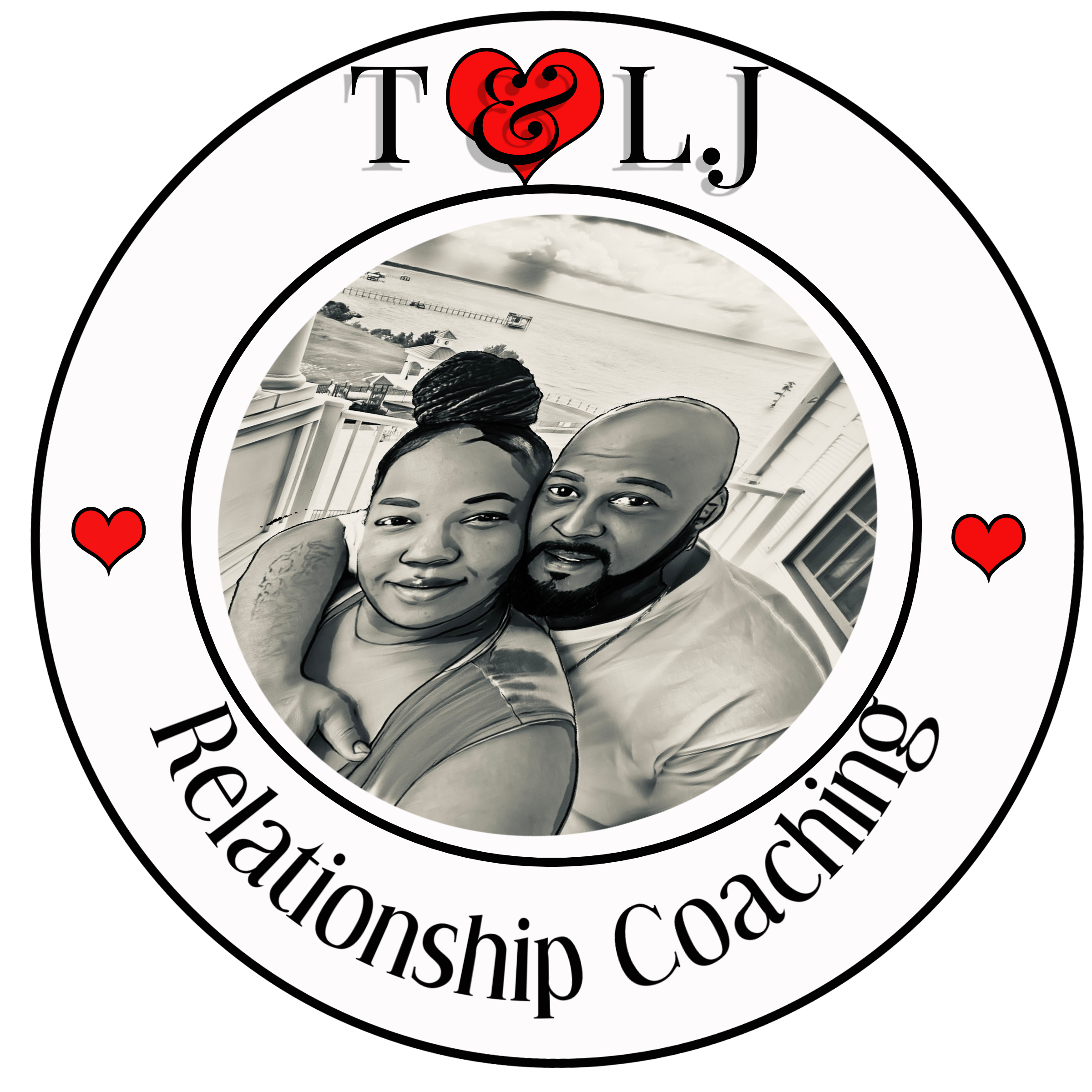Understanding the Power of Words
Words as Shields
From my experience, words can be incredibly powerful. When we talk about using words as shields, we’re really thinking about protection. Whether it’s in a tough conversation or a heated debate, the right words can diffuse tension and foster understanding. It’s all about being tactful and considerate in our communication.
In situations where emotions run high, I’ve found it helpful to choose softer phrases. Instead of saying “you did this wrong,” I might say, “I think there’s a way we can improve this together.” It really creates a safety net of respect and focus on progress.
Using words to shield also means being mindful not to escalate situations unnecessarily. I once had a colleague who would always respond sharply during disagreements. Over time, I noticed that by staying calm and rephrasing my thoughts, I could shield the conversation from spiraling. This technique not only protected the exchange but also opened the door for more fruitful discussions.
Words as Swords
On the flip side, words can be weapons. When I think of words as swords, I reflect on moments that required a firm stance. Sometimes, you need to address issues head-on with honesty. For example, in marketing, being straightforward about a product’s strengths and weaknesses is vital.
However, using words as swords can lead to cutting remarks if not handled properly. I remember a time when I had to critique a team’s work. Instead of going in guns blazing, I learned to combine constructive criticism with encouragement. This way, I maintained morale while still getting my point across—this is the balance we should strive for.
It’s essential to understand your audience when wielding your words like a sword. Some folks respond well to directness, while others might need a gentler approach. I’ve learned through experience that tailoring your message can help direct the ‘attack’ where it’s needed most without causing collateral damage.
Choosing Your Words Wisely
Know Your Audience
Before saying something, consider who you’re speaking to. In my marketing endeavors, understanding my audience has significantly shaped my messaging. In one campaign, I spoke to a younger crowd and used trendy phrases; conversely, a more mature audience required a different tone altogether.
I make a mental note of the demographics—age, interests, and even cultural backgrounds shape how people interpret words. Tailoring my message not only resonates better but also fosters trust. I can’t tell you how many times adjusting my vocabulary has led to a deeper connection!
Lastly, I always keep openness in mind. While it’s essential to cater to your audience, it’s equally important to invite dialogue, even if it’s a bit uncomfortable. This openness can sometimes shed light on misconceptions before they escalate into bigger issues.
Practice Active Listening
Another lesson I’ve learned over the years is the art of active listening. It’s not just about throwing words around, but truly hearing what others are saying. When I practice active listening, I find it helps shape my responses. Instead of just reacting, I’m able to reflect and present dialogue that suits the conversation.
Have you ever been in a discussion where you could tell someone wasn’t really listening? That kills the vibe, right? I’ve found that when I genuinely engage with others’ words, I can respond more thoughtfully. This approach often leads to richer discussions and more favorable outcomes.
In my field, this means asking clarifying questions and occasionally summarizing back what someone has said. It shows them I care and often leads to deeper insights that inform my own point of view. Clients and colleagues appreciate this level of engagement, and it cultivates mutual respect.
Be Aware of Emotional Triggers
Words can trigger strong emotions—both positive and negative. It’s crucial to be mindful of this. In my experience, tackling sensitive topics requires an extra layer of thought. For instance, certain phrases can provoke anxiety or defensiveness and may escalate tension.
When discussing product drawbacks, I learned to focus on the benefits while approaching negatives delicately. This tactic has allowed me to maintain positive relations even when addressing challenging subjects.
Finally, I’ve also become more aware of my own emotional triggers over time. By recognizing how specific words or phrases affect me, I can navigate conversations more skillfully. If a topic feels too charged, I’ve learned to either redirect the conversation or prepare myself mentally for a challenging discussion.
The Impact of Nonverbal Communication
Body Language Matters
Understanding that words aren’t just what you say hit me like a ton of bricks. Your body language speaks volumes. I’ve witnessed moments where someone’s crossed arms or lack of eye contact completely overshadowed their verbal message. Being aware of my own body language during conversations has changed the game for me.

Engaging in discussions with open posture and eye contact puts people at ease; they feel more valued and heard. There have been countless instances in my presentations where maintaining an open, inviting stance elicited more positive reactions from the audience. It’s all about creating that safe space for dialogue!
Sometimes, I’ll even mirror body language to create rapport. It’s not always easy, but it’s an effective technique in establishing subconscious connections. This awareness of my nonverbal cues has helped me communicate more effectively and maintain trust even when the conversation becomes challenging.
The Tone of Your Voice
It’s astounding how tone can change the meaning of our words. I’ve spoken with individuals who had great intentions but delivered their message in a way that turned others off completely. A calm, steady tone can diffuse hostility, whereas a harsh tone can ignite anger. I try to remind myself of this before diving into tough conversations.
When leading teams, I’ve seen how changing my vocal pitch and pace can create a more engaging atmosphere. Using a warm tone not only makes my words more relatable but makes others feel comfortable participating. It’s about creating a vibe where everyone can contribute without fear of judgment.
At times, I practice speaking in different tones to see how it feels and how adaptive I can be in various situations. This has helped me become much more aware of how I want to present myself in both personal and professional settings.
Facial Expressions Can Convey Messages
Your face can say a lot without uttering a single word! I’ve learned that maintaining a welcoming expression can make a huge difference in how my message is received. A friendly smile can invite collaboration, while a frown might close off communication.
When I’m in a meeting or presentation, I make a conscious effort to align my facial expressions with the message I want to convey. If I’m talking about victories, a bright smile can amplify my excitement; if discussing areas for improvement, a serious expression can help underscore the importance of the conversation.
It’s essential to be aware of how our expressions can either support or contradict what we’re saying. This acknowledgment can lead to more honest and open exchanges, laying the groundwork for stronger relationships.
Final Thoughts
Words are powerful tools that can either shield us or strike out. From my journey, I’ve learned that choosing the right words with intention and care can lead to more productive conversations—both in business and everyday interactions. Ultimately, it all comes down to being mindful of not just what we say, but how we say it.
If we can master this balance, we create an environment where dialogue flourishes, and relationships thrive. Let’s all strive to wield our words wisely.
Frequently Asked Questions
1. How can I ensure I’m using words as a shield in conversations?
Using words as a shield involves choosing phrases that create understanding and empathy. Focus on softening your language, and always aim to promote constructive dialogue without escalating conflicts.
2. What are some signs that I might be using my words as swords?
If you find yourself speaking harshly, making cutting remarks, or dismissing others’ opinions without consideration, you might be wielding your words like swords. It’s good practice to step back and consider how your words can be more constructive.
3. Why is understanding my audience important when choosing words?
Understanding your audience allows you to tailor your language, tone, and message in a way that resonates with them. This improves engagement and reduces misunderstandings, leading to more effective communication.
4. Can nonverbal cues change the meaning of my words?
Absolutely! Nonverbal cues like body language, tone of voice, and facial expressions dramatically affect how your words are interpreted. Staying mindful of these cues can enhance your communication skills.
5. How can I practice active listening effectively?
Active listening involves fully concentrating on the speaker, understanding their message, responding thoughtfully, and remembering key points. Engage with clarifying questions, nodding, or summarizing their points to show you’re truly listening.

Schedule Your First 20-Minute Coaching
Call With Us Today to see if we fit . You pick the price!
Click Here




